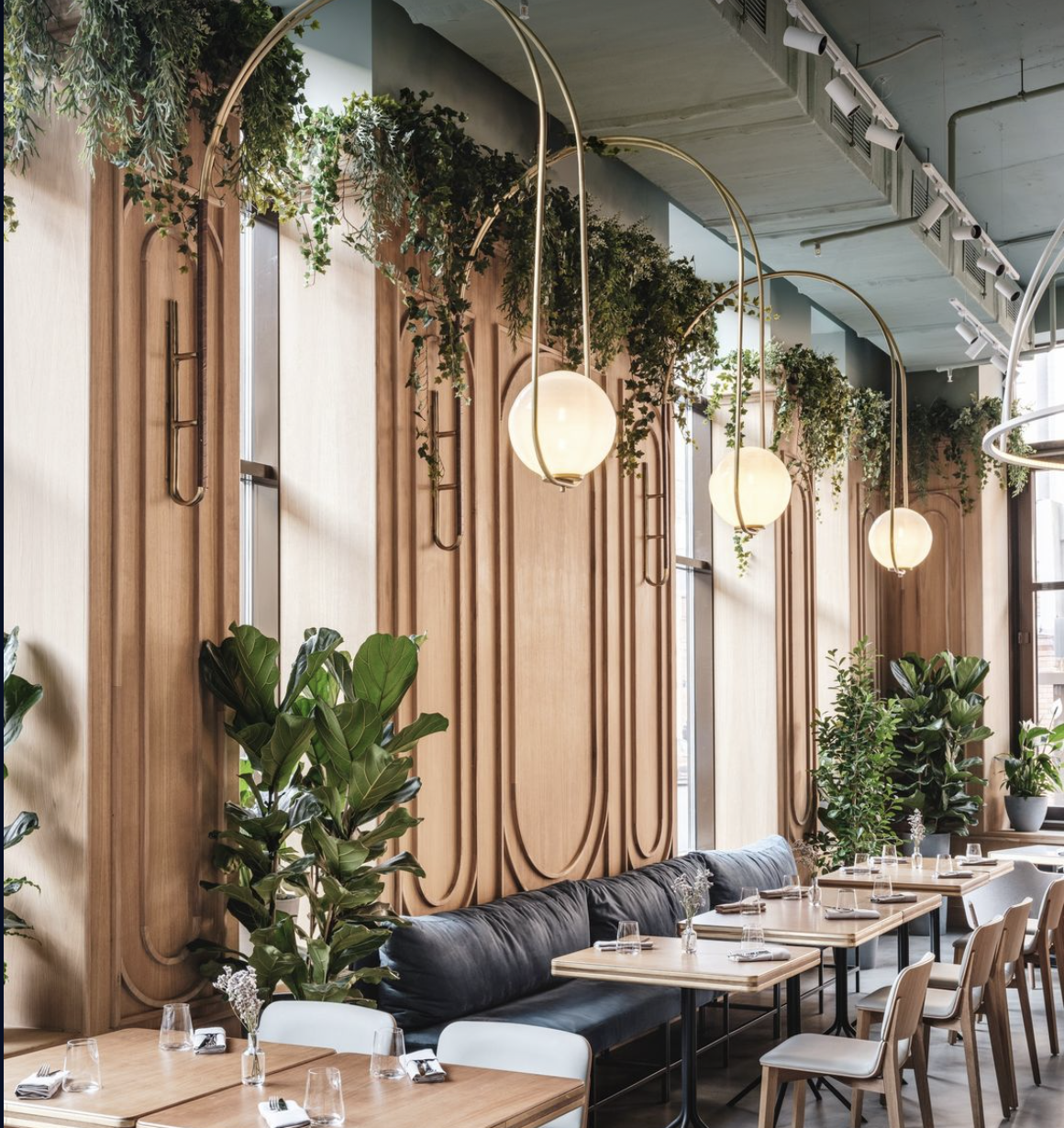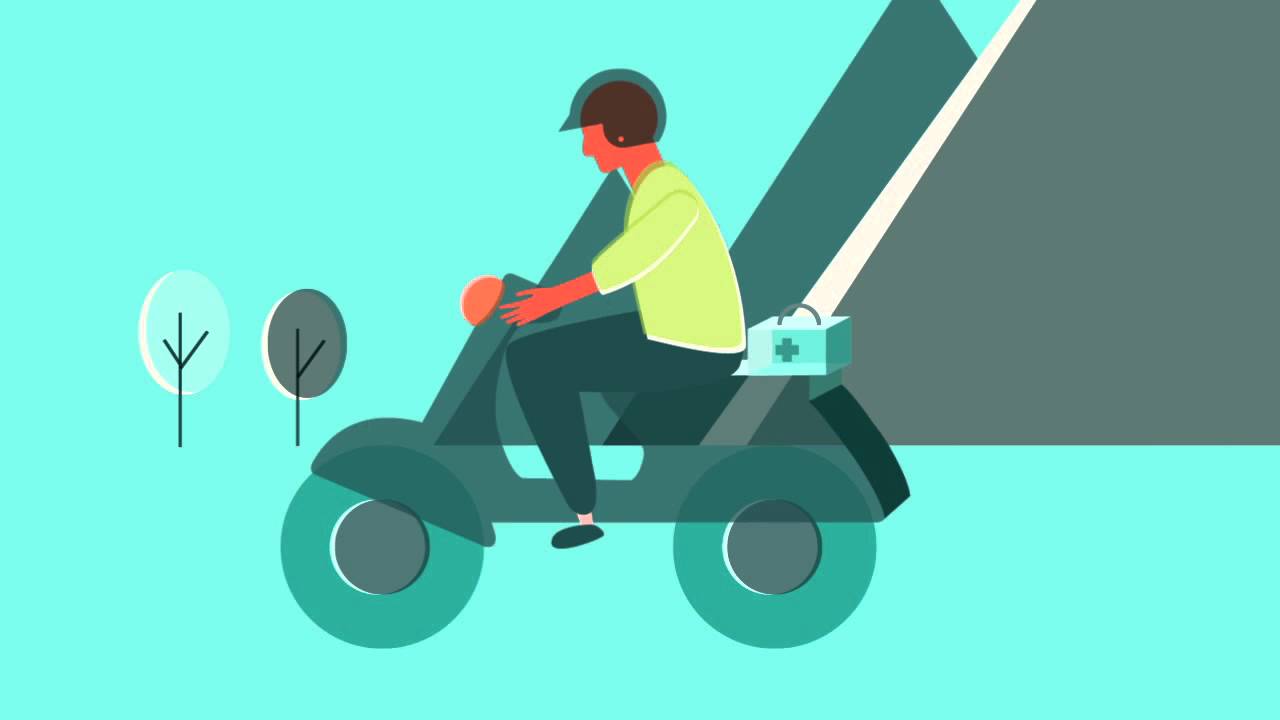Human-Centered Design - Putting People At The Heart Of Design
Human-centered design is a design approach that focuses on creating products, services, and environments that meet the needs, desires, and behaviors of the people who will use them.
Author:George EvansMar 31, 202367.5K Shares924.8K Views

Human-centered designis a design approach that focuses on creating products, services, and environments that meet the needs, desires, and behaviors of the people who will use them.
It is a user-centric and iterative design process that involves understanding and empathizing with the end-users, ideating and prototyping solutions, and testing and iterating until a desirable, feasible, and viable solution is achieved.
Human-centered design has gained popularity in recent years as it has been shown to improve user satisfaction, adoption, and engagement while also reducing errors, frustration, and cost.
It is widely used in a variety of industries, including product design, service design, and user experience design.

What is Human Centered Design?
Examples Of Human-centered Design In Everyday Life
Human-centered design is a problem-solving approach that aims to create solutions that are tailored to meet the needs of the people who will use them.
This approach has been applied in various fields and has led to the creation of products, services, and systems that are user-friendly and easy to use. Here are some examples of human-centered design in everyday life:
Mobile Phone Apps
Many mobile phone apps are designed using human-centered design principles. For example, apps such as Instagram and Snapchat are designed to be easy to use, with simple interfaces that allow users to quickly upload and share photos and videos.
Transportation
Human-centered design has been applied to transportation systems, leading to the creation of features such as wheelchair ramps, elevators, and audible signals to help visually-impaired people navigate the system.
Healthcare
Healthcare providers use human-centered design to create better patient experiences. For example, some hospitals have redesigned their waiting areas to be more comfortable and inviting, while others have implemented mobile check-in and appointment reminders to reduce patient stress and anxiety.
Furniture
Furniture designers use human-centered design principles to create chairs, desks, and other products that are comfortable, ergonomic, and easy to use. For example, chairs with adjustable height and back support are designed to accommodate different body types and improve posture.
Smart Home Devices
Smart home devices such as thermostats and lighting systems are designed with human-centered design in mind. These devices are often voice-activated and easy to control, making them more accessible to people with disabilities or mobility issues.
Importance Of Empathy In Human-centered Design
Empathy plays a critical role in human-centered design as it enables designers to put themselves in the shoes of the people they are designing for.
By understanding the needs, desires, and challenges of the users, designers can create products and services that are tailored to their specific requirements. Empathy helps designers to design products that are intuitive, user-friendly, and enjoyable to use.
It also helps to identify potential pain points in the user experience, which can be addressed through thoughtful design. Moreover, empathy fosters a deeper understanding of users' cultural, social, and emotional needs, leading to designs that are more inclusive and sensitive to diversity.
Ultimately, human-centered design that prioritizes empathy can lead to higher user satisfaction, greater engagement, and more positive outcomes for all stakeholders involved.
How To Implement Human-centered Design In Your Business Or Organization
Implementing human-centered design in a business or organization can help in creating products and services that better meet the needs and expectations of the users. Here are some steps that can be taken to implement human-centered design:
- Identify the problem or challenge:The first step is to identify the problem or challenge that the business or organization wants to solve or address.
- Gather user insights:Conduct research to understand the users' needs, behaviors, and expectations. This can be done through surveys, interviews, focus groups, and observations.
- Define the user persona:Create a user persona that represents the typical user or target audience. This can help in understanding the users' goals, motivations, and pain points.
- Brainstorm solutions:Brainstorm ideas and solutions to address the problem or challenge. The solutions should be based on the user insights and aligned with the user persona.
- Prototype and test:Create prototypes of the solutions and test them with users to get feedback and refine the solutions.
- Implement and iterate:Once the solutions have been refined and tested, implement them and continue to iterate based on user feedback.
By following these steps, businesses and organizations can implement human-centered design and create products and services that better meet the needs and expectations of their users.
Future Of Human-Centered Design
Human-centered design is an approach that is gaining more and more attention in the design industry, as it prioritizes the needs and wants of people who will ultimately use a product or service.
As technology and society continue to evolve, the future of human-centered design will likely see an increased focus on sustainability, inclusivity, and accessibility.
Advancements in technology may also lead to new opportunities and challenges in the human-centered design process, such as incorporating artificial intelligence and machine learning to better understand and predict user needs.
Additionally, the COVID-19 pandemic has highlighted the importance of designing with empathy and considering the unique challenges faced by different communities.
Overall, the future of human-centered design will likely involve a continued emphasis on designing for people and their experiences, while also taking into account emerging trends and technologies.
People Also Ask
How Does Human-centered Design Differ From Traditional Design Approaches?
Human-centered design focuses on designing products, services, or systems with the end-users' needs and experiences in mind. Traditional design approaches prioritize functionality and aesthetics.
What Are The Benefits Of Using Human-centered Design In Product Development?
Human-centered design helps ensure that the end product meets the users' needs, increases user satisfaction, and enhances product usability and accessibility.
What Are Some Common Techniques Used In Human-centered Design?
Some common techniques used in human-centered design include user research, prototyping, user testing, persona development, and design thinking.
How Can Human-centered Design Be Applied In The Healthcare Industry?
Human-centered design can be used in the healthcare industry to improve patient outcomes, reduce medical errors, and enhance patient experiences.
What Are The Limitations Of Human-centered Design?
Human-centered design can be time-consuming and costly, and it may not always be possible to design a solution that satisfies all users' needs and preferences.
Final Words
Human-centered design is a powerful approach to design that prioritizes the needs, wants, and preferences of the end-users.
It is a user-focused approach that involves understanding the users' needs and desires, and using that information to design products, services, and experiences that better meet their needs.
Human-centered design is widely used across industries, including technology, healthcare, education, and more.
By placing the user at the center of the design process, human-centered design can lead to more innovative, effective, and satisfying products and services.

George Evans
Author
George Anderson, an exceptional architectural designer, envisions and brings to life structures that transcend the realm of imagination. With an unwavering passion for design and an innate eye for detail, George seamlessly blends form and function, creating immersive spaces that inspire awe.
Driven by a deep appreciation for the interplay of space, light, and materials, George's innovative approach redefines the possibilities of architectural design. His visionary compositions leave an indelible mark, evoking a sense of wonder and transforming the built environment.
George Anderson's transformative designs and unwavering dedication continue to shape the architectural landscape, pushing the boundaries of what is possible and inspiring generations to come.
Latest Articles
Popular Articles